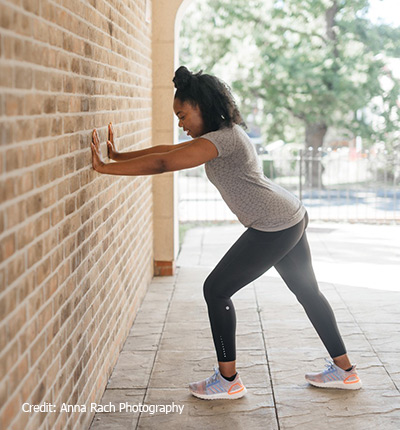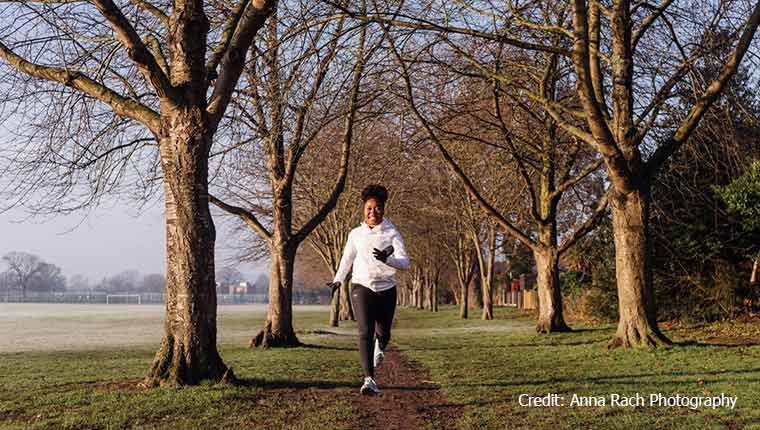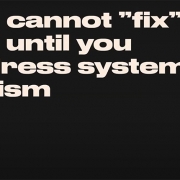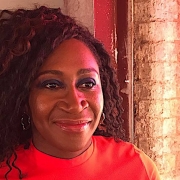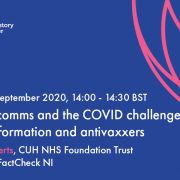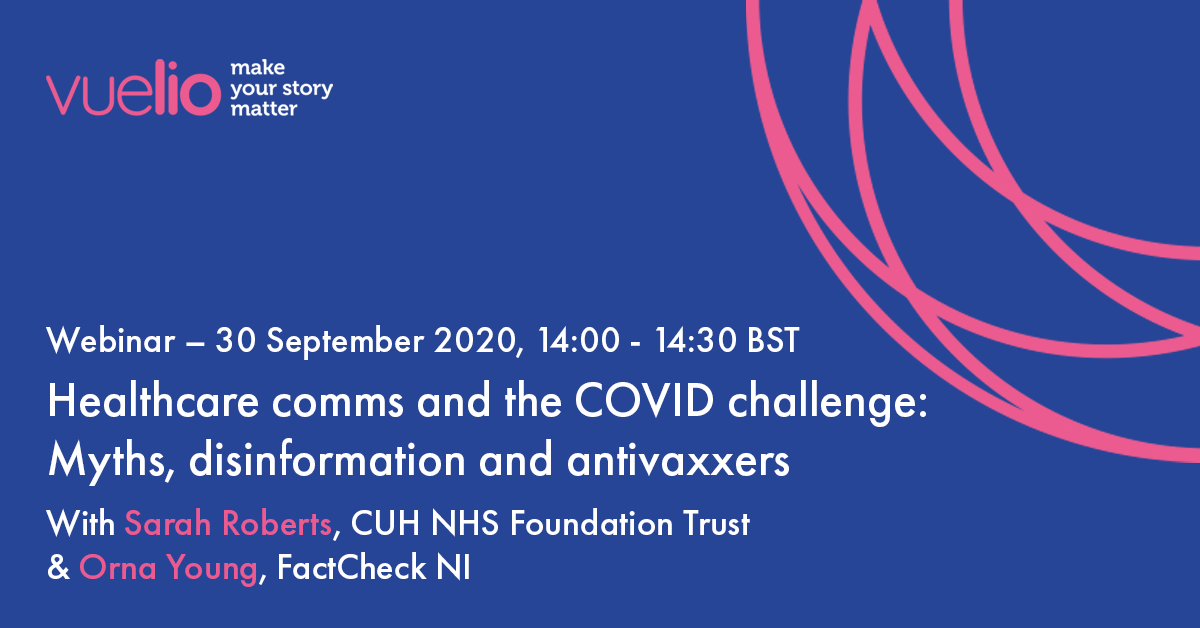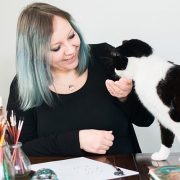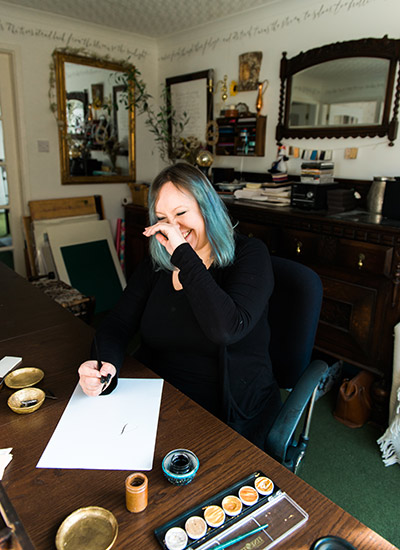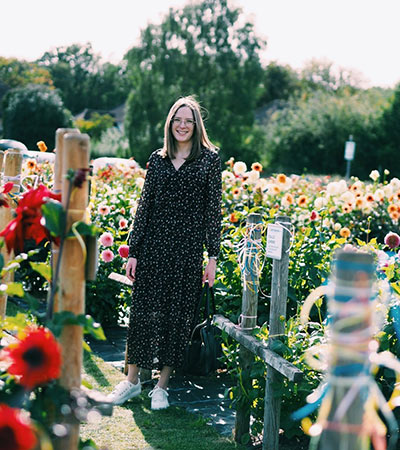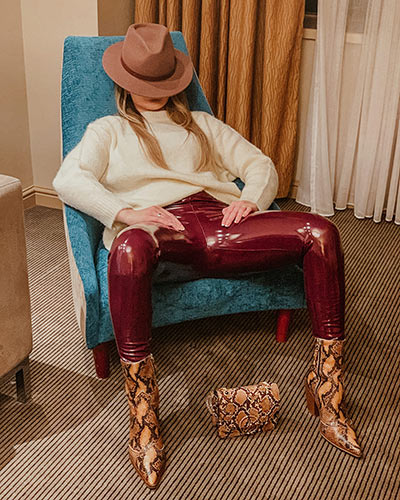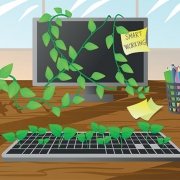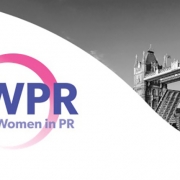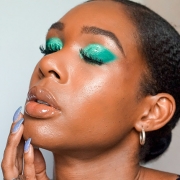This year’s World Mental Health Day (Saturday 10 October) couldn’t come at a better time considering the battering 2020 has given us all so far. And those working in the PR industry are particularly feeling the pressures – according to data from PRCA and Opinium released this week, more than a quarter of (26%) of those working in PR find their job extremely stressful, compared to 18% of the general public.
Despite this, teams across the public relations industry are supporting their colleagues, clients and friends this World Mental Health Day with their time, expertise and – on one team – paddle boarding. Here are some of the initiatives being put in place across the PR and comms community…
Considerations for colleagues
Plenty of agencies are giving employees the gift of extra relaxation time and new methods for chilling out and coping…
– The Liberty team have got off to a good start: ‘Today the team are turning their comms and emails off for the day if desired, so that they can focus on their tasks and work without having any disturbances,’ says Emma Hull. ‘Personally, I get so distracted by instant messenger – now we’re work from home – and then when ‘small’ tasks come through via email, I always stop what I’m doing to crack on with them, leaving me to stress over the major task that I was in the middle of. I think this is a great idea and something that should be done going forward. I love speaking to my colleagues but sometimes, there’s too much going on and their comments and small tasks can really interfere with a day’s work – sorry guys!’
– Shout out to the Happy team, who should be busy (or, rather, not busy) enjoying a paid day off today (take it nice and easy, Happy team).
– Sunny Side Up has launched ‘winter lunchtimes’ for its staff, taking proper breaks and getting outside and/or doing some exercise during daylight.
‘We’ve seen people get sucked into living-at-work rather than working-from-home and we have to make it really clear to everyone, that that’s not how to manage this situation,’ says managing director Zoe Ward-Waring.
– Big Wave PR has some big plans for this weekend: ‘We’re committed to supporting our employees’ wellbeing and have implemented a wide-ranging mental wellness programme, which has been vital for all during the pandemic,’ says MD Hilary Collins. ‘We’ve also introduced online mental education support for the team and this Saturday, a few of us are meeting up for a socially-distanced paddleboard! There’s nothing like fresh air, exercise and team spirit to lift our mood.’ Good luck out on the waves, Big Wave PR team.
– Hallam has a Mental Health First Aider programme in place, with four colleagues fully trained by the Samaritans to offer confidential chats to team members who may be struggling.
‘Being part of Hallam’s wellbeing committee and mental health first aider program has been incredibly rewarding, says Beth Pigott, one of the Mental Health First Aiders. ‘We have had a really positive response to the program, especially during lockdown, where it has been vital for all of the Hallam staff’s wellbeing to be prioritised during these challenging and isolating times.’
– MRM has just started an eight-week fitness and mobility programme with pro fitness, mobility and nutritional specialist Kevin Coulter to help support overall mental and physical wellness while working from home. Kevin’s looking forward to keeping the peeps motivated with ‘home workout ideas, mobility programmes and an evidence-based approach to good nutrition’.
– Political Lobbying and Media Relations (PLMR) will be holding a group coaching workshop around the theme of building resilience and promoting positive wellbeing to get the team ready for the incoming darker winter months. The team are also supported year-round by HR Manager and Mental Health First Aider Magda Lobodziec who’s always on hand to listen. Staff are also given extended days off during Christmas and Early Friday Finishes through the summer. This care extends to nutrition, too – PLMR held a lunch and learn session on ‘good mood foods’ and healthy snacking with a nutritionist and the team have had access to weekly yoga sessions for staff and their family over the last year. Oh, and the gym membership and flexi-working sounds pretty great, too.
– The Hotwire team has wellbeing allowances, free access to the Headspace app, and has trained seven Mental Health First aiders to help anyone who might be struggling with their mental wellbeing.
‘Our philosophy centres around a preventative culture – rather than reacting when people need support, we do our part to stop people ending up in that situation in the first place. This means encouraging people to be open about their mental health without any stigma, but also that work itself is not a cause of stress,’ says Hotwire’s head of people and culture Kam White.
– Stand Agency already offers wellbeing perks for its team, including weekly yoga, a wellness bounty, one day volunteering leave, two half day’s leave for creative thinking and days of leave for birthdays. To add to that, they’ve also committed to the Time to Change Employer Pledge, producing an Employer Action Plan centred on mental wellbeing, enabling employees to feel safe in sharing their thoughts and experiences with mental illness and creating a positive and open work environment.
‘A happy and supported team helps create a successful agency, and at Stand we have always encouraged people to be open and talk about the stresses and strains of life, especially at a challenging time like now’, says founder and MD Laura Oliphant. ‘Committing to the Time to Change Employer Pledge was a natural step in our commitment to normalise talking about mental health at work and support wellbeing with actions, not just words.’
– The Smoking Gun PR team are hopefully taking it easy today. ‘This week we’ve invited our team to clock-off early and take an hour to do something entirely for themselves – whether it’s going for a walk, taking a bath, slobbing out on the sofa or calling a friend. Whatever helps them to unwind,’ says senior account director Rose Alleston.
– And check out Fiona Scott, of Scott Media, on personal responsibility to be mindful of mental health issues, here.
Supporting on client and charitable initiatives
And here are just some of the campaigns the PR community are working on with clients, or for free/lower rates, right now…
– Mental health is Onyx Media and Communications Ltd’s charitable cause this year, and the team will be giving their time to promote MyCognition, Minds Anonymous and My Trauma Therapy.
‘Most of us have been affected by poor mental health, either our own or that of family or friends,’ said Onyx’s founder and MD Anne Cantelo. ‘My own family have been particularly badly affected, including one suicide. All these fledgling initiatives could make a significant impact, if enough people hear about them. My wider team, including our media trainer and content producer, have all given their time for free or at a very reduced rate. Good PR can sometimes change the world. This is one of those times’.
– Big Wave PR (the paddleboarding team) will be running a campaign for Headucate on mental health education.
– Louise Harris PR is helping out with the release of Rock Choir’s Christmas charity single Keeping The Dream Alive to support the Mental Health Foundation and help raise awareness of mental health.
– Kara Rose at KRPR is working with not-for-profit organisation Breathe Therapies, which offers treatment for those with mental health issues and has just invested in VR technology to reach those currently shielding.
‘There is still a stigma associated with mental health conditions that we need to dispel,’ says Kara. ‘Reaching out and supporting those in need is imperative, especially right now as the COVID-19 crisis continues to sweep the country. I would urge everyone to keep talking and to keep checking in with friends, colleagues and, of course, family’.
– The Media Snug is working with GoVox, a tech solution recently approved as a support tool for the mental health and wellbeing of NHS staff and MIND teams.
– Prestigious PR is helping out Scentered, who has partnered with PassionFit’s Reena for an Instagram Live takeover on the day and a giveaway. The Scentered team will also be doing a Q&A on coping mechanisms for dealing with difficult times.
– Emerge has launched the image-led ‘The New Face Value – dig a little deeper’ campaign with men’s wellness platform Manual, aiming to raise awareness of men’s mental health struggles and encourage sharing.





